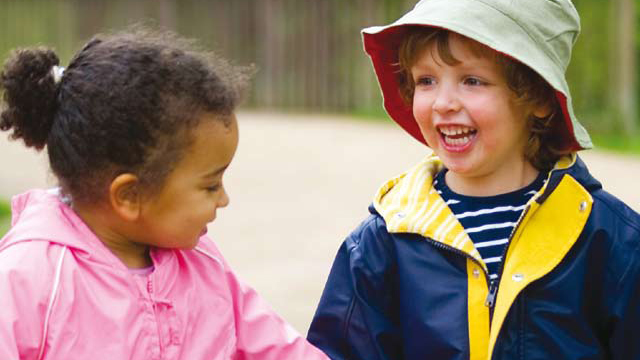Safeguarding Review 2009-2010 – Teresa Devlin

It’s easy to feel despondent and negative about the revelations over the past year of the Catholic Church’s failures to safeguard children in our care. 2009 brought us the Ryan Report, the Murphy report, resignations, denials, attacks and counter attacks about action, inaction and cover-ups. None of our history – our abuse of children in our care and worse, our inability (for whatever reason) to put the care of children at the forefront of our actions, can be denied. We have failed children, we have failed ourselves, and we have failed our Church.
We cannot however allow ourselves to be despondent, to give up, believing that there is no hope, no way out of this mess. I have been a social worker in child protection for far too long now, to know that giving up, believing that things will not get better means that things will not get better. We have to pick ourselves up and find a renewed energy to safeguard children. I also know that amongst the rank and file in parishes and in Religious Congregations that, that energy is present.
Over the last year, staff in the National Office have spent a huge amount of time meeting and training Bishops, Provincials, Priests, Religious, and Lay people across Ireland, in the expected Standards of policy and practice relating to safeguarding children. We have been encouraged by the army of volunteers who give so freely of their time to ensure that current practice is good, that a child centred approach is being developed within the Church and that matters relating to safeguarding children, including allegations of abuse, are dealt with, with the primary interest being the safeguarding of children.
The National Board’s annual report will be published in the near future and will highlight information on the work of the National Office, including training delivered, advice offered and developments in policy and guidance. Over the course of 2009, we have provided training on: what is child abuse; induction on the Standards and Guidance, recording, managing risk and the roles and responsibilities in relation to safeguarding in the Church context. We have spent hours offering advice to Bishops, Provincials, Religious Superiors and Designated people on assessment and management of risk. We have listened to painful memories from victims; we have heard their anger and distress as they have recounted their stories of their abuse. We have reviewed cases where victims felt that appropriate action was not taken and have acted as conduits in their redress with the Church Authority.
At the start of 2009, The National Board for Safeguarding Children in the Catholic Church launched “Safeguarding Children” Standards and Guidance. All parts of the Church have now signed up to those Standards and to working with the National Office. A process of auditing practice will begin during this forthcoming year, to ensure compliance with the Standards.
No-one should be surprised to learn of further mismanagement, following the audit. From the reports already in the public domain and from our own work we know that, in the past, allegations of child abuse were not always reported to the statutory authorities in a timely fashion. We cannot undo the past. We can however bring it into the open and accept the failings of the Church; we owe it to victims of abuse to be honest about past failures. However we need to do more than that, we must ensure that current and future practice does not repeat these failings. We in the National Office will offer advice and guidance on appropriate structures, systems, practices and processes to ensure that children are safeguarded in the Church.
If I have learned anything over the past year it is the slow speed of getting change accepted and processed in the Church. This has been the most frustrating part of the job for me. You the reader shouldn’t really be surprised by this. We are dealing with a huge institution; in fact we are not dealing with one institution, but 26 Dioceses, 144 Religious Orders and 4 Missionary Societies. All of these are independent and autonomous bodies. Getting anything agreed is a challenge. We should be proud therefore that all these different parts of the Church have signed up to “Safeguarding Children, Standards and Guidance” and that we are now on the right road. However we need more than signing up to the Standards; we need leadership, co-operation and sharing of expertise between Diocese and Congregations; we need to develop accountability further and we need to engender confidence that we will put in place everywhere practice which ensures the safety of children in the Catholic Church in Ireland.
I am optimistic about the future, I think that the current Standards and Guidance documents are a good start; that people in the Church want to ensure the creation of safe environments and that we all want to ensure that no child will be at risk in the Catholic Church in Ireland. To achieve this, there is much to be done, but as one Bishop recently put it, “I’m in for the long haul”, as are all my colleagues in the National Office.
Teresa Devlin
